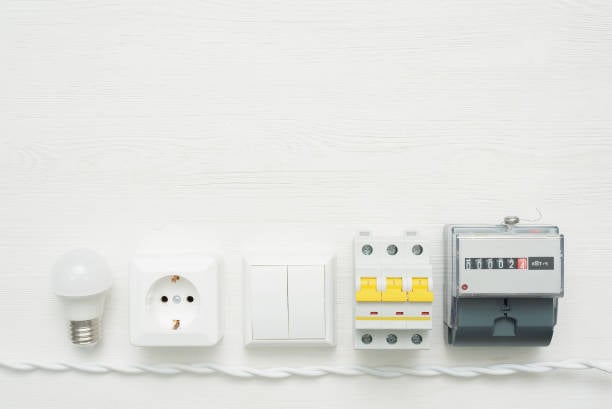What is the difference between a circuit breaker and a miniature circuit breaker??
Circuit breakers and miniature circuit breakers (MCBs) are both important electrical components used to protect electrical circuits from overloads and short circuits. While they serve a similar purpose, there are several key differences between the two. In this article, we will explore these differences and explain how each type of breaker functions.
The Basics of Circuit Breakers
Circuit breakers are essential safety devices used in electrical systems to automatically interrupt the flow of electricity when an overload or short circuit occurs. They are designed to protect electrical circuits and prevent damage to appliances, wiring, and other components. Circuit breakers consist of a switch mechanism and a tripping mechanism, which is activated when the current exceeds a certain threshold.
Understanding Miniature Circuit Breakers (MCBs)
Miniature circuit breakers, or MCBs, are a specific type of circuit breaker commonly used in residential and commercial electrical systems. As the name suggests, MCBs are smaller in size compared to traditional circuit breakers, making them more compact and easier to install. They are designed to protect individual circuits and are typically found in distribution boards or consumer units.
Size and Form Factor
One of the main differences between circuit breakers and MCBs is their size and form factor. Circuit breakers are generally larger and bulkier compared to MCBs. They are typically installed in electrical panels or switchboards and are capable of handling higher currents and voltages. On the other hand, MCBs are more compact and can be easily mounted on DIN rails in distribution boards or consumer units.
Current Rating
Another important difference between circuit breakers and MCBs is their current rating. Circuit breakers are available in a wide range of current ratings to accommodate different electrical loads. They are commonly used for high-current applications such as industrial machinery or large commercial buildings. MCBs, on the other hand, have lower current ratings and are designed to protect individual circuits or small loads in residential and commercial settings.
Tripping Characteristics
The tripping characteristics of circuit breakers and MCBs also differ. Circuit breakers typically have adjustable tripping characteristics, allowing them to be customized based on the specific requirements of the electrical system. This flexibility is particularly useful in industrial applications where different types of loads may be present. MCBs, on the other hand, have fixed tripping characteristics, which are predetermined by the manufacturer.
Short Circuit Protection
Both circuit breakers and MCBs provide short circuit protection, but the way they achieve this differs. Circuit breakers use an electromagnetic tripping mechanism to detect and interrupt short circuits. When a short circuit occurs, the sudden increase in current creates a magnetic field that triggers the tripping mechanism, opening the circuit and stopping the flow of electricity. MCBs, on the other hand, use a thermal tripping mechanism to detect and respond to short circuits.
Overload Protection
Overload protection is another crucial aspect of circuit breakers and MCBs. Circuit breakers are designed to detect and interrupt excessive currents caused by overloads. They rely on a bi-metallic strip that bends when exposed to high current, triggering the tripping mechanism. MCBs also provide overload protection, but they use a different mechanism called a thermal-magnetic trip unit. This unit consists of a bi-metallic strip and an electromagnet, providing both thermal and magnetic protection.
Breaking Capacity
The breaking capacity of a circuit breaker or MCB refers to its ability to interrupt the flow of current under fault conditions. Circuit breakers typically have a higher breaking capacity compared to MCBs, allowing them to handle larger short circuit currents. This makes circuit breakers more suitable for industrial applications or installations with high fault currents. MCBs, on the other hand, have a lower breaking capacity and are designed for residential and commercial installations with smaller fault currents.
Cost and Availability
Circuit breakers and MCBs also differ in terms of cost and availability. Circuit breakers, being larger and suitable for industrial applications, are generally more expensive compared to MCBs. Additionally, circuit breakers may not be as readily available in local hardware stores compared to MCBs, which are commonly used in residential and commercial electrical installations.
Conclusion
In summary, circuit breakers and miniature circuit breakers have several key differences. Circuit breakers are larger, have higher current ratings, and are more suitable for industrial applications. On the other hand, MCBs are smaller, have lower current ratings, and are commonly used in residential and commercial installations. Understanding these differences is crucial for selecting the appropriate protection device for a given electrical system.

